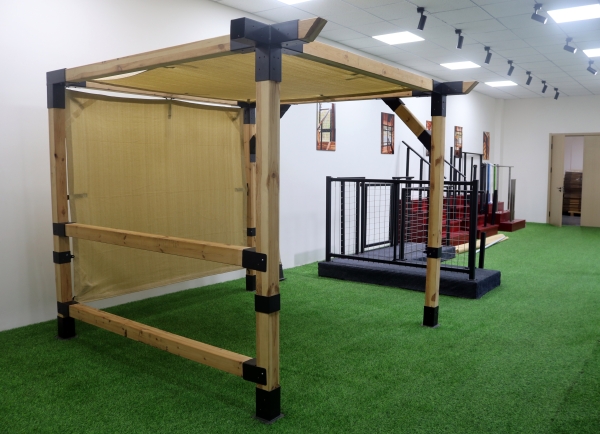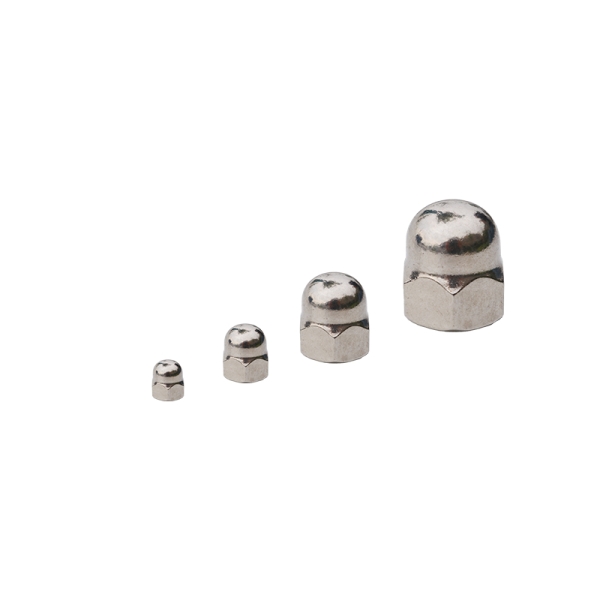Table of Contents
إيجابيات وسلبيات استخدام القواعد للعريشة
بدائل الأساسات لتركيب العريشة
في الختام، في حين يتم استخدام الأساسات عادة لتوفير الاستقرار والدعم لتركيب العريشة، إلا أن هناك بدائل يمكن استخدامها في مواقف معينة. قد تكون الأرصفة الخرسانية أو كتل السطح أو عدم وجود أي قواعد على الإطلاق خيارات قابلة للتطبيق اعتمادًا على الظروف المحددة للتركيب. من المهم مراعاة حجم ووزن الهيكل، بالإضافة إلى أي قوانين أو لوائح بناء محلية، عند تحديد أفضل طريقة لتثبيت العريشة. من خلال النظر بعناية في هذه العوامل، يمكنك ضمان تركيب آمن ومستقر يوفر سنوات من الاستمتاع في مساحتك الخارجية.
Pergolas are a popular outdoor structure that can add beauty and functionality to any backyard or garden. They provide shade, support climbing plants, and create a cozy outdoor living space. When it comes to installing a pergola, one of the key considerations is whether or not footings are necessary. Footings are typically used to provide stability and support for the structure, but there are alternatives that can be used in certain situations.
One alternative to footings for pergola installation is using concrete piers. Concrete piers are cylindrical columns of concrete that are used to support the weight of the structure. They are typically placed at each corner of the pergola and provide a stable foundation for the posts. Concrete piers are a good option for pergolas that are being installed on a concrete patio or other hard surface where digging footings may not be possible.
Another alternative to footings for pergola installation is using deck blocks. Deck blocks are precast concrete blocks that are designed to support the weight of a deck or other outdoor structure. They are typically placed on top of the ground and provide a stable base for the posts of the pergola. Deck blocks are a good option for pergolas that are being installed on a deck or other surface where digging footings may not be practical.
In some cases, footings may not be necessary at all for pergola installation. If the pergola is being installed on a solid surface such as a concrete patio or deck, footings may not be needed to provide stability. However, it is important to ensure that the surface is level and stable before installing the pergola to prevent any issues with the structure in the future.
When considering whether or not footings are necessary for pergola installation, it is important to take into account the size and weight of the structure, as well as the local building codes and regulations. In some cases, footings may be required by local building codes to ensure the safety and stability of the structure. It is always best to check with your local building department or a professional contractor to determine the best course of action for your specific situation.

In conclusion, while footings are typically used to provide stability and support for pergola installation, there are alternatives that can be used in certain situations. Concrete piers, deck blocks, or no footings at all may be viable options depending on the specific circumstances of the installation. It is important to consider the size and weight of the structure, as well as any local building codes or regulations, when determining the best method for installing a pergola. By carefully considering these factors, you can ensure a safe and stable installation that will provide years of enjoyment in your outdoor space.







